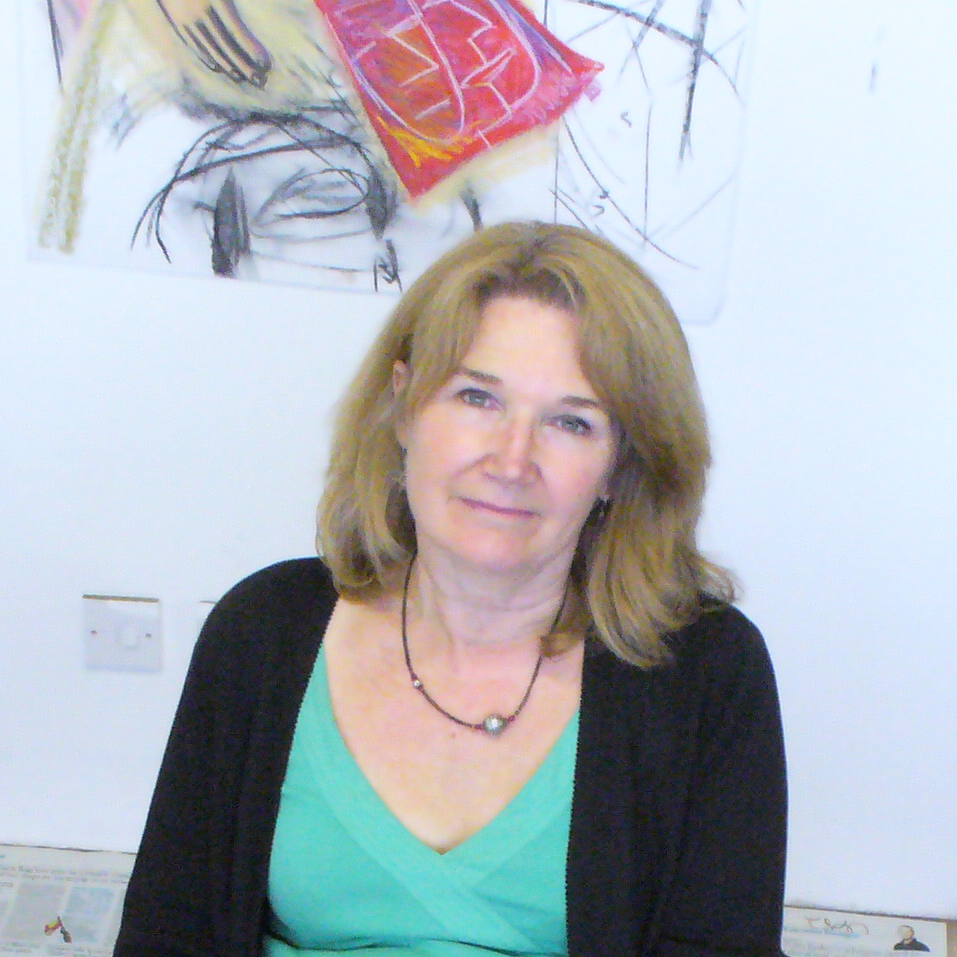Lucile Montague studied at Plymouth College of Art and Byam Shaw School of Art (now part of the University of the Arts in London).
She has worked in a number of studios associated with Barbican Art's Group Trust since 1977 and participated in numerous Open Studios and Community Art Activities. She is currently a member of Blackhorse Lane Studios in Walthamstow E17 which is also part of Barbican Art's Group Trust.
Lucile Montague has exhibited widely since the 1980's and has taken part in many open shows including the Royal Academy Summer Show, the Whitechapel Gallery, the Discerning Eye and the Pastel Society, the latter two at the Mall Galleries in London. A number of solo and group shows over the years include the Riverside Studios and Signatures Gallery in St. James, London as well as two major touring shows about urban living: 'The Subjective City' and 'Witnesses and Dreamers'. These toured to various public Galleries which included the Concourse Gallery at The Barbican Centre and the Museum of London.
Her work is to be found in numerous private and public collections which include Coventry Museum and Art Gallery, Coopers and Lybrand and the Bankers Trust in the Broadgate Development.
